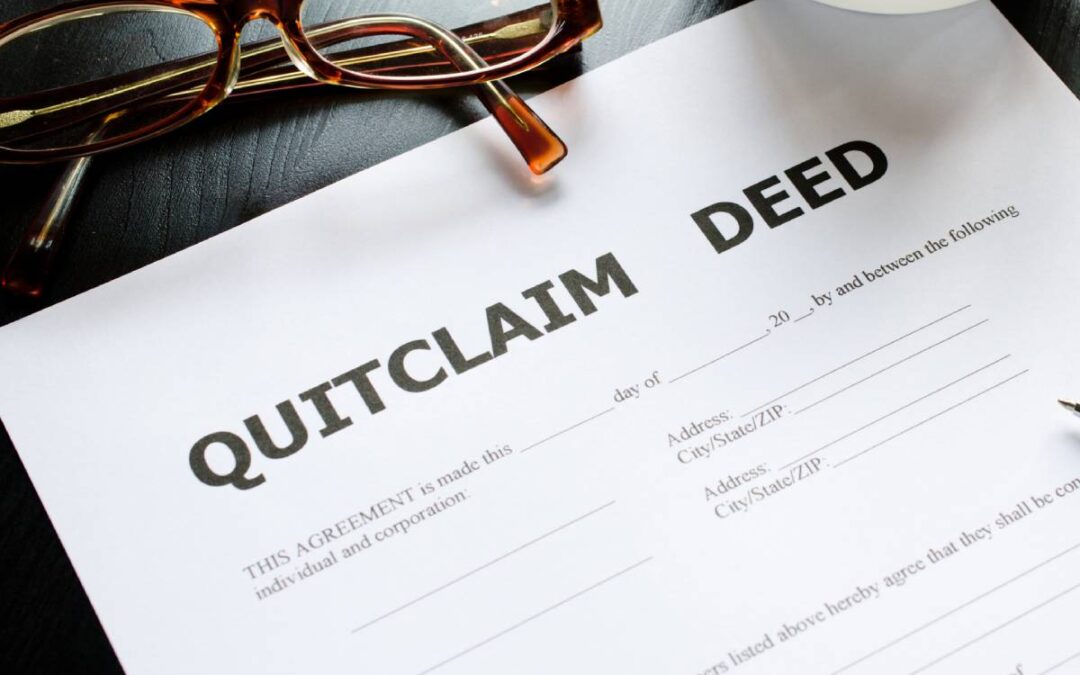Can you remove someone from a deed? The general answer is yes—but you need the person’s permission. However, there are certain situations where you can remove someone from a deed without their authorization.
Whether you have the person’s consent or not, you should consult with a lawyer who can help you with the process. With that in mind, you can work with a lawyer at one of LegalShield’s provider law firms for as little as $1 a day, a fraction of what such services usually cost.
But first, let’s dive into the reasons why you might want to remove a name from a deed.
Reasons why you’d remove someone from a deed
There are a few common reasons why you might want to remove a name from a deed.
1. Divorce
If your spouse is now your former spouse, it’s understandable why you’d want to remove them from a property deed. In such situations, getting a quitclaim deed could be a good solution. It’s a document that essentially says that you have the right to transfer property, but it has no guarantee that someone else won’t claim to own it, so it doesn’t offer a huge amount of protection in that there are no guarantees about the property title. But it’s a very popular deed in estate planning and for transactions that don’t involve money.
Note, quitclaims don’t allow for splitting the property or appreciation, they just convey the property to one of the partners. Also, a quitclaim deed doesn’t have the effect of removing a former partner from liability for a mortgage.
2. Death
If your name is on a deed and the other joint tenant has died, then in some states you can transfer the property from the deceased to the living owners by submitting a death certificate, a notarized affidavit, and a notarized new deed to your state’s court/registrar.
3. Inheritance
If you inherited, or co-inherited, a property, and the other people on the deed don’t want to sell the property, you could start a partition action, if you meet the legal requirements within the state’s laws. A partition action is a legal process where a court either orders the sale of the property and divides the proceeds among all co-owners or divides the property among all co-owners. Again, this is a court action, so it takes time and can become expensive.
Get a quitclaim deed
As noted above, to remove someone’s name from a deed, a quitclaim deed may do the trick. There are a few things to remember when it comes to a quitclaim deed:
Copy property information from the current deed
Get a copy of the current deed. Getting a copy of your deed to confirm that it includes the name of the person you want to remove, is a good idea. To do this, often times you can contact the county clerk’s office in your state and do a title search.
Completing a quitclaim deed in its entirety
Make sure to include the property’s parcel number and describe the property.
Sign the quitclaim deed
Sign the quitclaim deed and have it notarized, because it’s an official, legal record. If it’s not notarized, it’s not a valid quitclaim deed.
File the quitclaim deed
To finalize the quitclaim deed, it has to be filed with the appropriate authority according to your state’s laws and in some states, this involves paying a fee. You will also want to get a certified copy for your own records.
LegalShield can help
Removing someone from a deed without their consent isn’t something most people deal with often. That’s why hiring an experienced lawyer is recommended. LegalShield has hundreds of lawyers who can advise you on issues related to deeds and so much more. We’re here to give you the legal help that you need, so reach out today—we’d love to hear from you.

